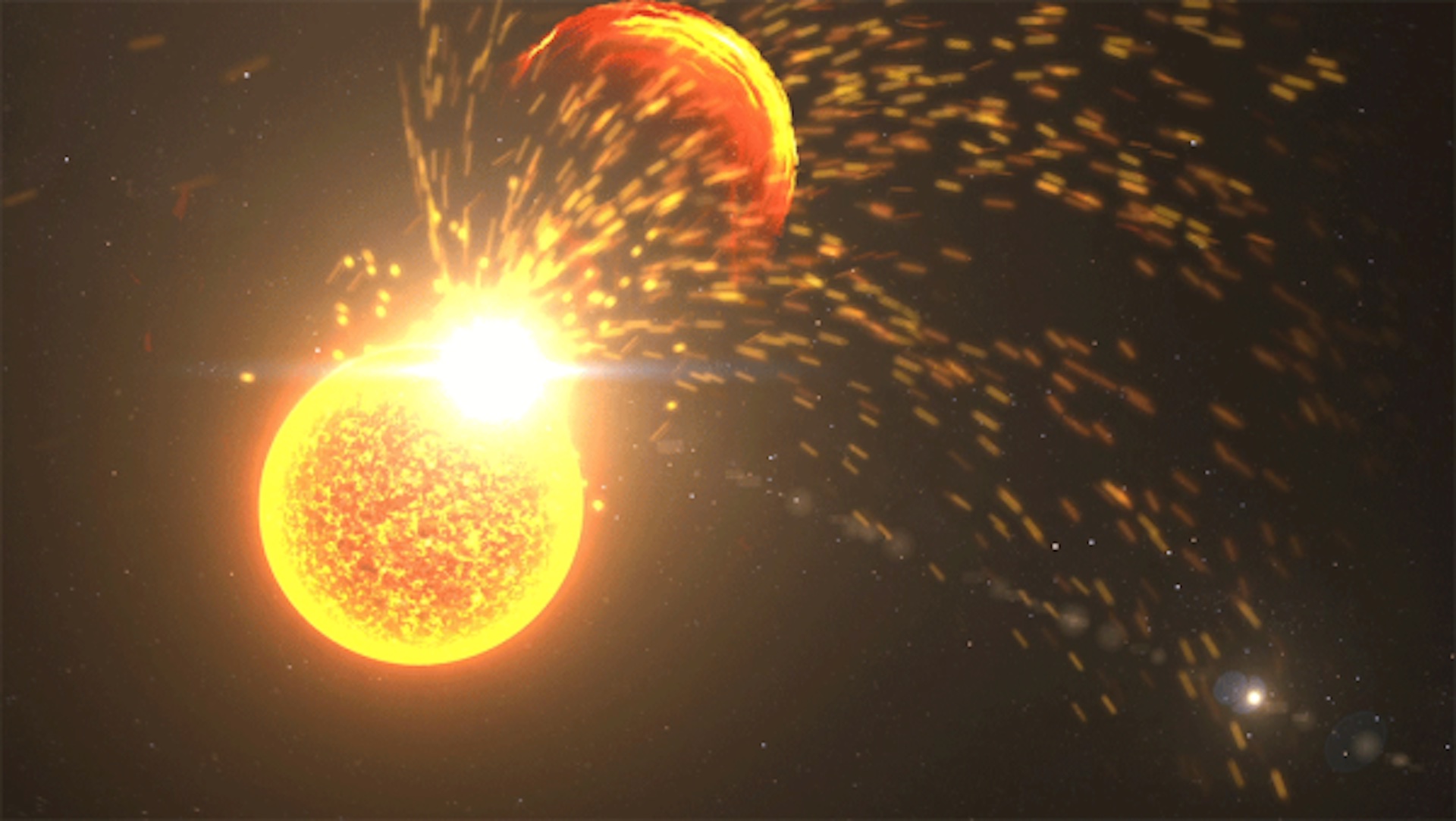Could Extreme Solar Flares Have Launched Life on Earth?

The origins of life on Earth have long been a topic of debate with different theories coming forward in an attempt to explain how we came to be. One of the more recent theories is that life on Earth may have been caused by huge flares from a hyperactive young sun. This new research has been gaining traction as it offers a new perspective on how life could have originated.
The idea for this research came from the fact that early Earth was under a faint sun which meant that cold conditions were prevalent. This made it more difficult for lightning to occur. So, solar particles became the prime suspect when it came to how life may have began.
The research focussed on what is known as CMEs (Coronal Mass Ejections) which are bursts of hot gas and charged particles which are expelled from the Sun’s corona or outer atmosphere. These eruptions are what causes flares and if they were powerful enough, they would cause significant radiation to be emitted from the sun which would have reached Earth’s surface and affected the atmosphere around it.
This radiation would have warmed and energized the atmosphere which could have caused a reaction with pre-existing chemicals already present at the time. This could have resulted in certain chemical bonds being broken, leading to complex molecules being formed. This is supported by the presence of certain organics found in meteorites which suggests that they had been exposed to radiation in some way.
The researchers believe that such storms may have occurred more regularly in the past than they do now, however they were more powerful than the ones we experience today and therefore could have had a bigger impact. This theory is still in the early stages, but it is one of the most convincing theories yet as to how life on Earth may have started.
The next step for researchers is to further explore this theory and try to understand the exact conditions under which these superflares may have occurred. Further research may also help scientists to gain a better understanding of how life could have evolved and how we could possibly recreate those conditions in a lab.
Overall, the idea that our Sun’s superflares may have contributed to the formation of life on Earth is a fascinating one and is certainly worth looking into further. It is clear that there is much more to learn before this theory is proven, but it has certainly given us another interesting perspective on how life may have begun.